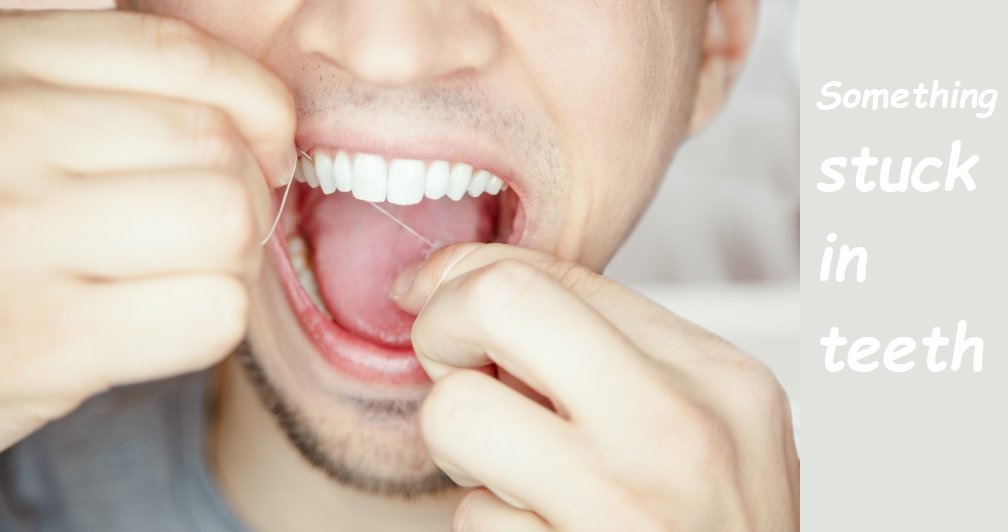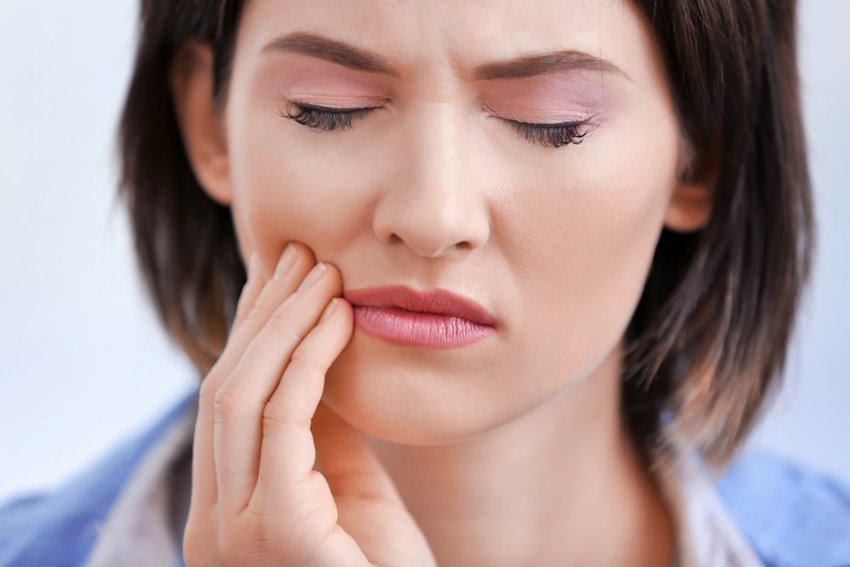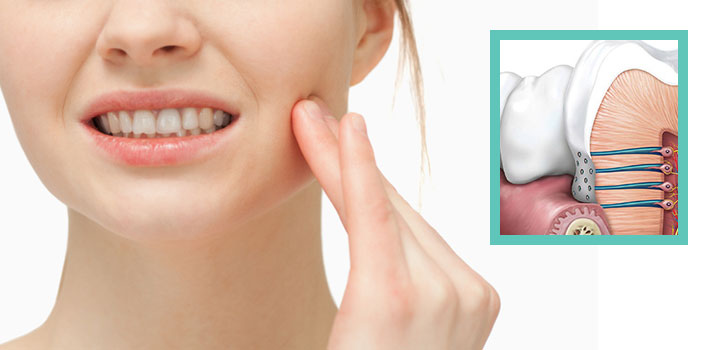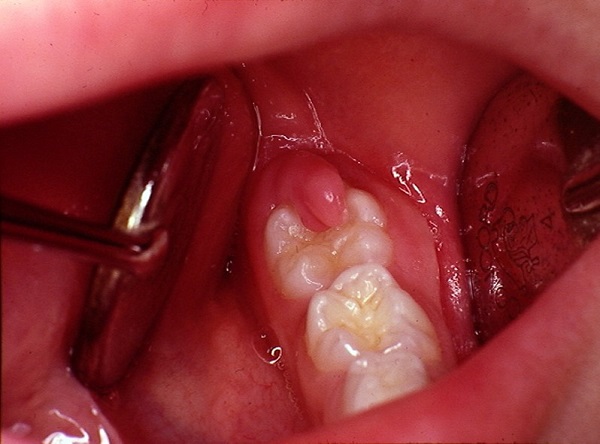Something stuck in teeth

Something Stuck in Your Teeth: How to Handle It and Prevent Future Occurrences
We’ve all been there – enjoying a delicious meal when suddenly, something gets stuck in your teeth. It’s uncomfortable, annoying, and sometimes even painful. Knowing how to deal with it effectively and prevent it from happening frequently can save you from a lot of frustration. Let’s explore the best ways to handle this common issue and keep your teeth free from unwanted debris.
Common Causes of Food Stuck in Teeth
Before we get into how to remove something stuck in your teeth, it helps to understand why it happens. Here are some common causes:
- Stringy Foods: Foods like meat, fibrous vegetables, and popcorn can easily get lodged between your teeth.
- Misaligned Teeth: Crooked or crowded teeth create spaces where food can get trapped.
- Dental Work: Fillings, crowns, and braces can have small gaps or edges that catch food.
- Gum Recession: When gums recede, they can leave gaps where food particles can easily get stuck.
- Tooth Decay: Cavities create holes and crevices that can trap food particles.
Immediate Steps to Remove Food Stuck in Teeth
When something gets stuck in your teeth, it’s important to remove it as soon as possible to prevent discomfort and potential dental issues. Here are some effective methods:
1. Flossing
Flossing is the most effective way to remove food particles stuck between your teeth. Here’s how to do it correctly:
- Use a Fresh Piece of Floss: Take a fresh piece of dental floss and wrap it around your fingers, leaving about two inches of floss to work with.
- Gentle Motion: Gently insert the floss between your teeth and use a back-and-forth motion to dislodge the food particle.
- Curve the Floss: Curve the floss around the tooth in a C-shape to ensure it reaches below the gum line.
2. Toothpicks or Interdental Brushes
If flossing doesn’t do the trick, try using a toothpick or an interdental brush:
- Toothpicks: Gently insert a toothpick between your teeth and move it back and forth to remove the trapped food. Be careful not to press too hard to avoid damaging your gums.
- Interdental Brushes: These small brushes are designed to clean between your teeth. Insert the brush gently and move it back and forth to remove the debris.
3. Rinsing with Water or Mouthwash
Rinsing your mouth with water or mouthwash can help dislodge food particles:
- Water: Swish water around your mouth vigorously to loosen the food particle.
- Mouthwash: Use mouthwash to rinse your mouth, which can also help kill bacteria and freshen your breath.
4. Eating Crunchy Foods
Sometimes eating crunchy foods like apples, carrots, or celery can help dislodge the food particle stuck in your teeth. The firm texture can act as a natural toothbrush.
When to Seek Professional Help
If you’ve tried the above methods and still can’t remove the food particle, or if you experience pain, swelling, or bleeding, it’s time to see your dentist. A professional cleaning may be necessary to remove the trapped food and prevent further complications.
Preventing Food from Getting Stuck in Your Teeth
While it’s impossible to avoid getting food stuck in your teeth entirely, you can reduce the frequency by following these tips:
1. Maintain Good Oral Hygiene
Regular brushing and flossing are essential for preventing food from getting stuck in your teeth:
- Brush Twice a Day: Brush your teeth at least twice a day with fluoride toothpaste. Make sure to brush for two minutes, covering all surfaces of your teeth.
- Floss Daily: Floss at least once a day to remove food particles and plaque from between your teeth and below the gum line.
- Use Mouthwash: Mouthwash can help rinse away food particles and kill bacteria that can cause plaque and bad breath.
2. Regular Dental Check-Ups
Visit your dentist regularly for check-ups and cleanings. Regular dental visits can help identify and treat issues like cavities, gum disease, and misaligned teeth that can contribute to food getting stuck.
3. Eat a Balanced Diet
A diet high in crunchy fruits and vegetables can help clean your teeth naturally:
- Crunchy Fruits and Vegetables: Foods like apples, carrots, and celery can help clean your teeth and stimulate saliva production, which helps wash away food particles and bacteria.
- Avoid Sticky Foods: Try to limit foods that are sticky or chewy, such as caramel and gummy candies, as they are more likely to get stuck in your teeth.
4. Address Dental Issues
If you have misaligned teeth, gum recession, or dental work that is causing food to get stuck, talk to your dentist about potential solutions:
- Orthodontic Treatment: Braces or clear aligners can help straighten your teeth and close gaps where food can get stuck.
- Dental Work Adjustments: Your dentist can adjust or replace fillings, crowns, or other dental work that may be contributing to the problem.
- Gum Treatment: Treatments for gum recession can help reduce gaps and prevent food from getting trapped.
Potential Complications of Food Stuck in Teeth
Ignoring food stuck in your teeth can lead to several dental issues, including:
1. Tooth Decay
Food particles left in your teeth can feed bacteria, leading to the formation of plaque and, eventually, cavities.
2. Gum Disease
Food trapped in your teeth can irritate your gums and lead to inflammation and gum disease. Gingivitis, the early stage of gum disease, can progress to periodontitis if not treated.
3. Bad Breath
Food particles left in your teeth can cause bad breath. Bacteria break down the food, releasing unpleasant odors.
4. Infection
In some cases, trapped food can lead to an infection in your gums or teeth, which can be painful and require professional treatment.
Special Considerations for Braces and Dental Work
If you have braces, retainers, or other dental appliances, you may find that food gets stuck more often. Here are some additional tips for managing food particles with dental work:
1. Orthodontic Flossers and Threaders
Special flossers and threaders can help you floss around braces and other dental appliances more effectively.
2. Water Flossers
Water flossers use a stream of water to remove food particles and plaque from between your teeth and around dental appliances. They can be particularly useful for people with braces or other dental work.
3. Avoid Certain Foods
Certain foods are more likely to get stuck in braces or dental work. Avoid sticky, chewy, and hard foods that can get lodged and cause damage.
Conclusion: Keeping Your Teeth Free from Food Particles
Dealing with something stuck in your teeth can be annoying, but knowing the right methods to remove it and taking steps to prevent it can make a big difference. By maintaining good oral hygiene, visiting your dentist regularly, and being mindful of the foods you eat, you can keep your teeth free from unwanted debris and maintain a healthy smile.
FAQs
Q: What should I do if I can’t remove food stuck in my teeth? A: If you can’t remove the food particle with flossing, rinsing, or using a toothpick, contact your dentist for professional assistance.
Q: How can I prevent food from getting stuck in my teeth? A: Maintain good oral hygiene, visit your dentist regularly, eat a balanced diet, and address any dental issues like misaligned teeth or gum recession.
Q: Is it normal for food to get stuck in my teeth after every meal? A: While it’s common for food to occasionally get stuck in your teeth, frequent occurrences may indicate an underlying issue such as misaligned teeth or dental work that needs adjustment. Consult your dentist if you experience this regularly.
Q: Can trapped food cause tooth decay? A: Yes, food particles left in your teeth can feed bacteria, leading to the formation of plaque and cavities. Removing trapped food promptly is important for preventing tooth decay.
Q: Are water flossers effective for removing food particles? A: Yes, water flossers can be very effective for removing food particles and plaque, especially for people with braces or other dental appliances.
Q: What foods are most likely to get stuck in my teeth? A: Foods like meat, popcorn, fibrous vegetables, and sticky or chewy snacks are more likely to get stuck in your teeth. Be mindful when eating these foods and practice good oral hygiene to remove any trapped particles.
Additional Resources
For more information on dental care and managing food particles in your teeth, check out these resources:









